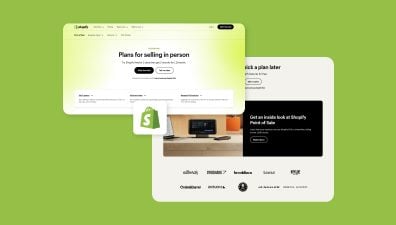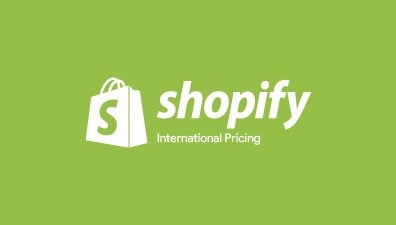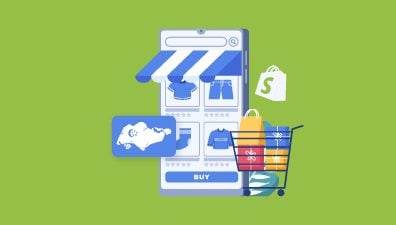It is essential to prioritize creating your store with your customers in mind. Although increasing your traffic can lead to more sales, it is equally crucial to focus on converting your existing traffic into paying customers. This can be a challenging task, but it is not impossible. As proficient eCommerce specialists, we understand the importance of creating high-quality content that not only informs but also engages potential customers. In this article, we will provide you with the essential tips and tricks on how to increase your Shopify store conversion rate, outrank other websites, and ultimately, drive more sales.
Table of Contents
How to Increase Your Shopify Store Conversion Rate: Traffic and Customer Acquisition
Traffic and customer acquisition is a crucial component of a successful business. While generating traffic is important to increase brand awareness and reach a larger audience, it is only half the battle. The ultimate goal is to convert that traffic into paying customers, which requires a strong customer acquisition strategy. Putting massive amounts of traffic into your sites will surely not boost the conversion rate, and moreover, this method will bring downsides to the overall performance of your web stores. So, funneling the right traffic from the beginning is crucial to boost up the CVR organically. Below are our recommendations.
Utilizing search engine optimization (SEO)
For Shopify store owners, utilizing search engine optimization (SEO) is crucial for driving traffic and acquiring new customers. By optimizing your website’s content and structure to improve its ranking on search engine results pages (SERPs), you can increase your store’s visibility and attract potential customers to your site. Not only that, but this approach is also a reasonable cost for small businesses with tight budgets for customer acquisition campaigns.
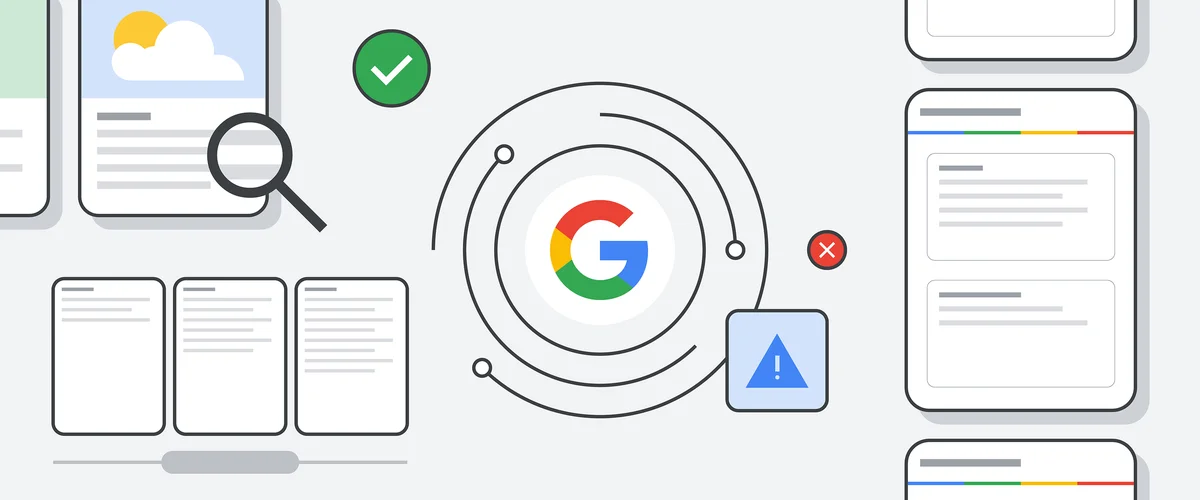
To get started with SEO for your Shopify store, it’s important to conduct thorough keyword research to identify the terms your target audience is using to find products or services like yours. You can then incorporate these keywords strategically into your website’s content, including product descriptions, category pages, and blog posts.
In addition to keyword optimization, there are several other important factors to consider when implementing an SEO strategy for your Shopify store. These include:
- Building high-quality backlinks from reputable websites to improve your website’s domain authority and credibility
- Creating high-quality, engaging content that provides value to your audience and encourages them to share and link to your site
- Optimizing your website’s technical structure, including site speed, mobile responsiveness, and metadata
- Ensuring your website is secure and can be indexed by multiple search engines
To maximize the impact of your SEO efforts, it’s essential to continually monitor and adjust your strategy based on analytics data and changing search algorithms. By consistently improving your site’s SEO, you can increase your visibility on search engine results pages, attract more potential customers to your Shopify store, and ultimately drive long-term growth for your business.
Building A Social Media Presence
Social media platforms truly provide an excellent opportunity to reach and engage with potential customers, build brand awareness, and drive traffic to your site.
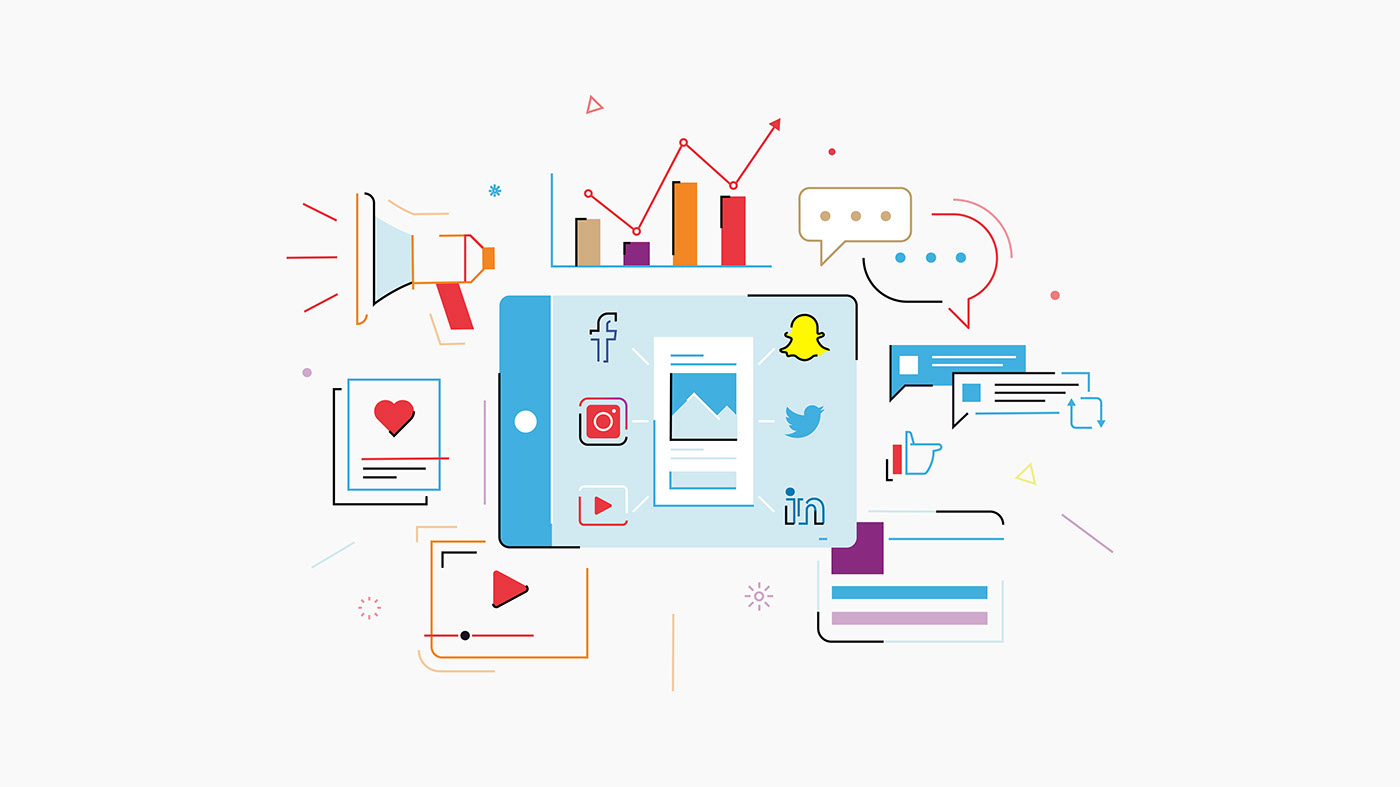
To build a strong social media presence, start by identifying the platforms your target audience is most active on, such as Instagram, Facebook, or Tiktok. Create profiles on these platforms and develop a consistent brand voice and visual identity that aligns with your Shopify store’s overall brand.
Once your profiles are set up, focus on creating and sharing high-quality, engaging content that resonates with your audience. This can include product photos and videos, user-generated content, behind-the-scenes glimpses of your business, and informative blog posts or articles. Be sure to include a call-to-action in your posts, directing followers to your Shopify store to make a purchase or learn more about your products.
You also need to consider using paid advertising on social media platforms to reach a broader audience and drive targeted traffic to your site. Social media advertising allows you to target specific demographics, interests, and behaviors to ensure your ads are seen by the right people.
To further boost your social media presence, consider partnering with influencers or other businesses in your industry to expand your reach and attract new followers. Collaborating with others in your niche can help you tap into new audiences and build credibility and authority in your industry.
Creating An Email Marketing Strategy
Email marketing allows you to reach potential and existing customers directly and provide them with targeted messaging and offers that encourage them to visit your site and make a purchase.

To create a successful email marketing strategy, start by building a list of subscribers who have opted in to receive communications from your business. This can include offering a discount or other incentive in exchange for their email address, or including a sign-up form on your website or checkout page.
Once you have a list of subscribers, focus on creating engaging and informative emails that provide value to your audience. This can include announcing new product launches, sharing blog posts or articles, offering exclusive discounts or promotions, or highlighting customer success stories.
To make your emails more effective, consider using personalization techniques to make your messaging more targeted and relevant to each subscriber. This can include addressing them by name, recommending products based on their purchase history or browsing behavior, or sending tailored offers based on their interests or demographics.
To further improve the effectiveness of your email marketing strategy, be sure to regularly test and optimize your emails based on metrics like open rates, click-through rates, and conversion rates. This can help you identify what types of messaging and offers resonate best with your audience and refine your approach over time.
You can use triggered or automated emails to provide customers with personalized and timely messaging. This can include abandoned cart emails, post-purchase follow-ups, or re-engagement emails to inactive subscribers.
Launching Targeted Advertising Campaigns
By leveraging data on your target audience’s demographics, interests, and behavior, you can create highly targeted ads that reach the right people at the right time and encourage them to visit your site and make a purchase.
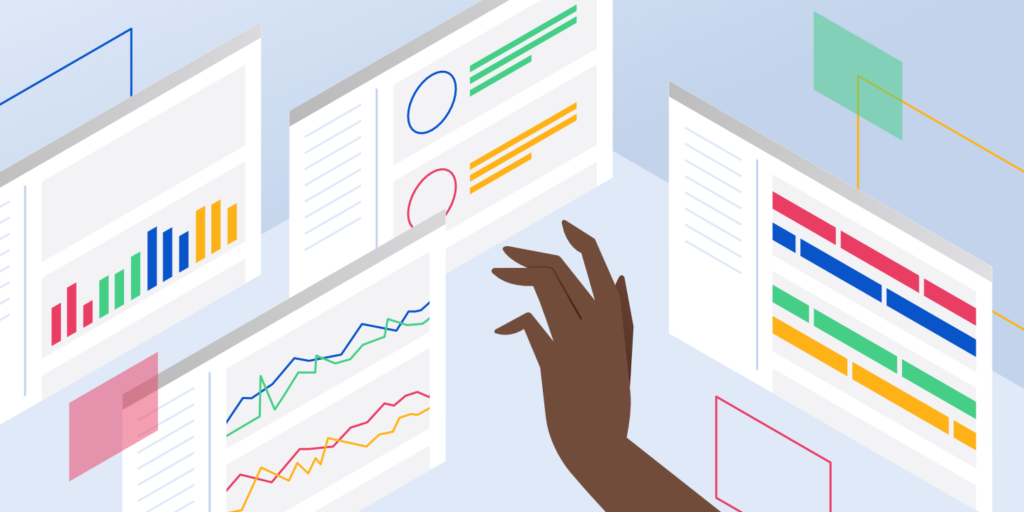
To launch targeted advertising campaigns for your Shopify store, start by identifying your target audience and the platforms they are most active on, such as Facebook, Instagram, or Google Ads. Use the targeting tools available on these platforms to narrow your audience based on criteria like age, gender, location, interests, and behavior.
Next, create ad content that speaks to your target audience’s needs and interests. This can include eye-catching visuals, persuasive messaging, and clear calls-to-action that encourage viewers to click through to your Shopify store and make a purchase.
To maximize the effectiveness of your advertising campaigns, be sure to track and analyze key metrics like click-through rates, conversion rates, and return on investment. This will allow you to identify what is working well and make adjustments as needed to improve your results over time.
In addition to traditional display and search ads, consider using retargeting ads to reach potential customers who have already visited your Shopify store but have not yet made a purchase. Retargeting ads allow you to show ads to people who have previously interacted with your brand, reminding them of the products they were interested in and encouraging them to return to your site and make a purchase.
Managing Influence Marketing Campaign
Partnering with influencers in your industry or niche is a great way to tap into your audiences and reach potential customers who may not have discovered your brand otherwise.
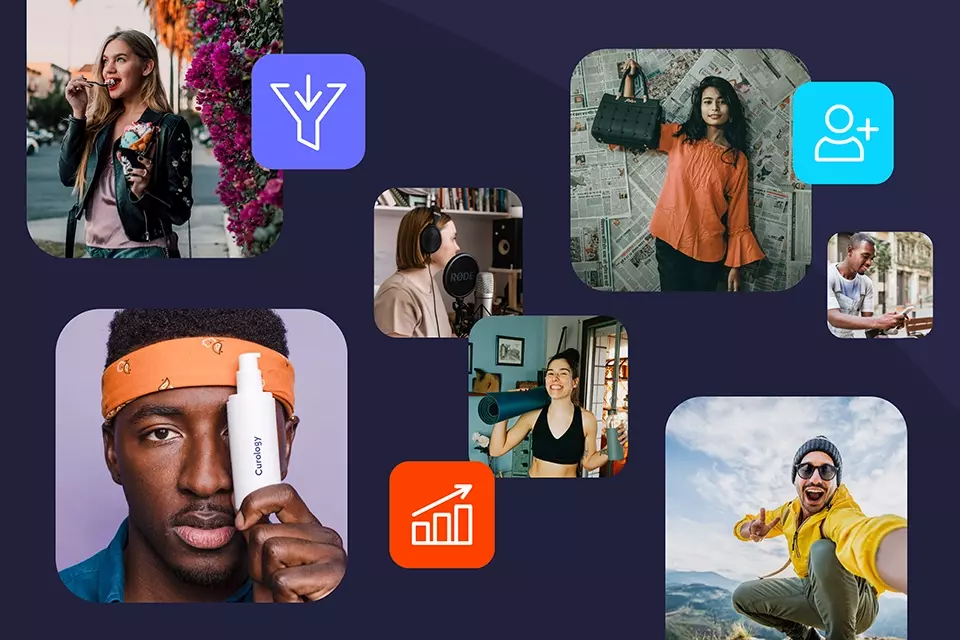
Start by identifying influencers who align with your brand and have a large, engaged following on social media platforms like Instagram or YouTube. Reach out to these influencers and propose a partnership that includes promoting your products to their audience in exchange for compensation or free products.
When you have identified and secured influencers for your campaign, work with them to develop compelling content that showcases your products in an engaging and authentic way. This can include product reviews, unboxing videos, or sponsored social media posts that feature your products in use.
To maximize the impact of your influencer marketing campaign, be sure to provide your influencers with clear guidelines and expectations around messaging, branding, and disclosures. This will ensure that their content is consistent with your brand and compliant with relevant regulations around sponsored content.
Utilize user-generated content (UGC) as part of your influencer marketing strategy. Encourage your customers to share photos and videos of themselves using your products on social media, and then feature this content on your own social media profiles and website to showcase the benefits of your products in a real-life setting.
How to Increase Your Shopify Store Conversion Rate Before Sales
The period before a sale is a critical time for Shopify store owners. By implementing these strategies, businesses can create awareness about their products, build trust with potential customers, and establish their credibility in the market. This, in turn, can help increase website traffic, generate leads, and ultimately drive sales. During this time, it’s essential to focus on building relationships with potential customers, generating interest in your products, and preparing your site for a surge in traffic and sales.
Site Optimization
Making Sure Your Site Is Mobile-responsive
Ensuring that your business is mobile-responsive should be a top priority. With over 59% of all web traffic coming from smartphones and tablets, according to Statista, it’s crucial to provide a great customer experience for mobile site visitors.
Thankfully, if you have a Shopify store, you’re in luck, every Shopify theme is automatically optimized to display properly on every device. This means that your site will look and function seamlessly whether your customers are browsing on a desktop computer, tablet, or smartphone.
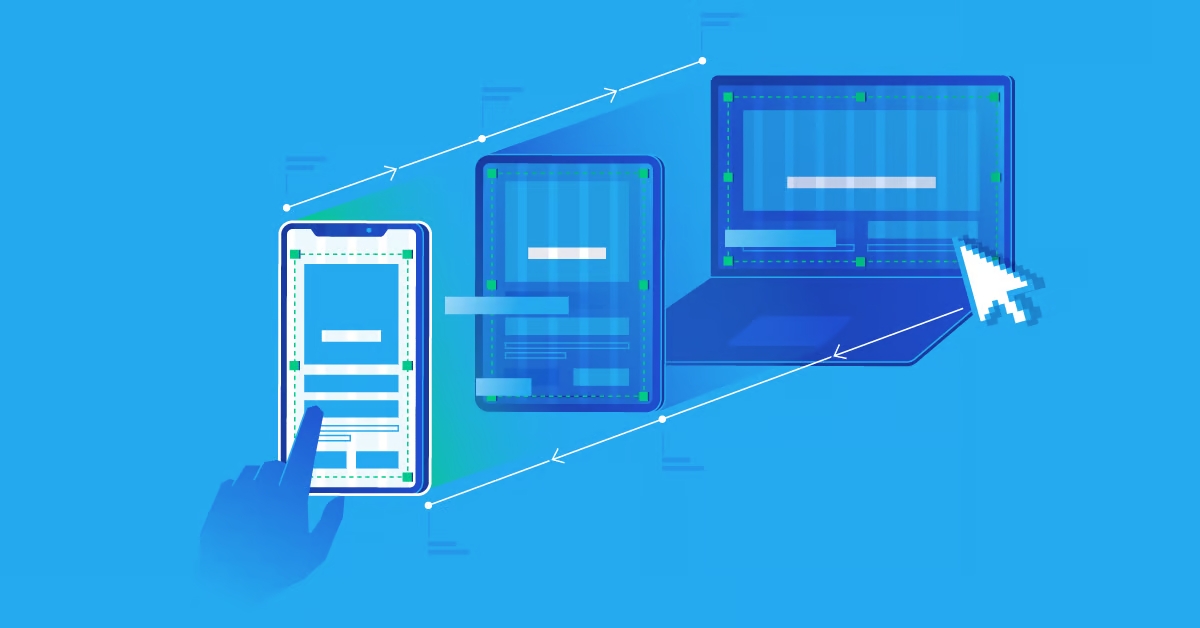
To check if your website is mobile responsive, simply enter your URL into Google’s mobile-friendly test tool. This tool will analyze your site and provide feedback on how well it performs on different mobile devices, helping you to identify any areas that may need improvement to provide a seamless mobile experience for your customers.
However, it’s still important to regularly test your site on different devices and screen sizes to ensure that everything is working correctly and providing the best possible experience for your customers. By prioritizing mobile responsiveness, you can attract more potential customers to your site and increase customer acquisition for your business.
Optimizing Your Website’s Loading Times
A slow website can lead to users leaving and negatively impact your store’s SEO. Faster websites not only provide a better user experience but also contribute to a lower bounce rate, signaling to search engines that your website is credible and deserves traffic.

To check your online store’s loading times, use Google’s PageSpeed Insights tool. This tool provides a detailed report on your website’s loading speed and highlights any issues that need to be resolved to improve your load times.
Once you have identified potential bottlenecks, take steps to optimize your site for faster loading times. This can include:
- Compressing image files to reduce their size without sacrificing quality
- Minimizing or consolidating JavaScript and CSS files to reduce the number of HTTP requests needed to load your site
- Implementing browser caching to reduce the amount of data that needs to be downloaded on subsequent visits
- Using a content delivery network (CDN) to distribute your site’s content across multiple servers and reduce load times for users in different locations
In addition to these technical optimizations, there are several other tactics you can use to improve your site’s loading times and provide a better user experience. These include:
- Using lazy loading techniques to defer the loading of non-critical elements until after the page has loaded
- Simplifying your site’s design and layout to reduce the amount of data that needs to be loaded
- Prioritizing above-the-fold content to ensure that the most important information loads first
Using Heat Maps
Heat maps are a popular conversion rate optimization (CRO) tactic for eCommerce brands, as they turn large amounts of behavioral data into a simple visual representation.
A heat map displays areas of engagement on your website in warm and cool color shades. Warm colors, such as red, orange, and yellow, indicate high levels of activity, while cooler shades indicate low activity.
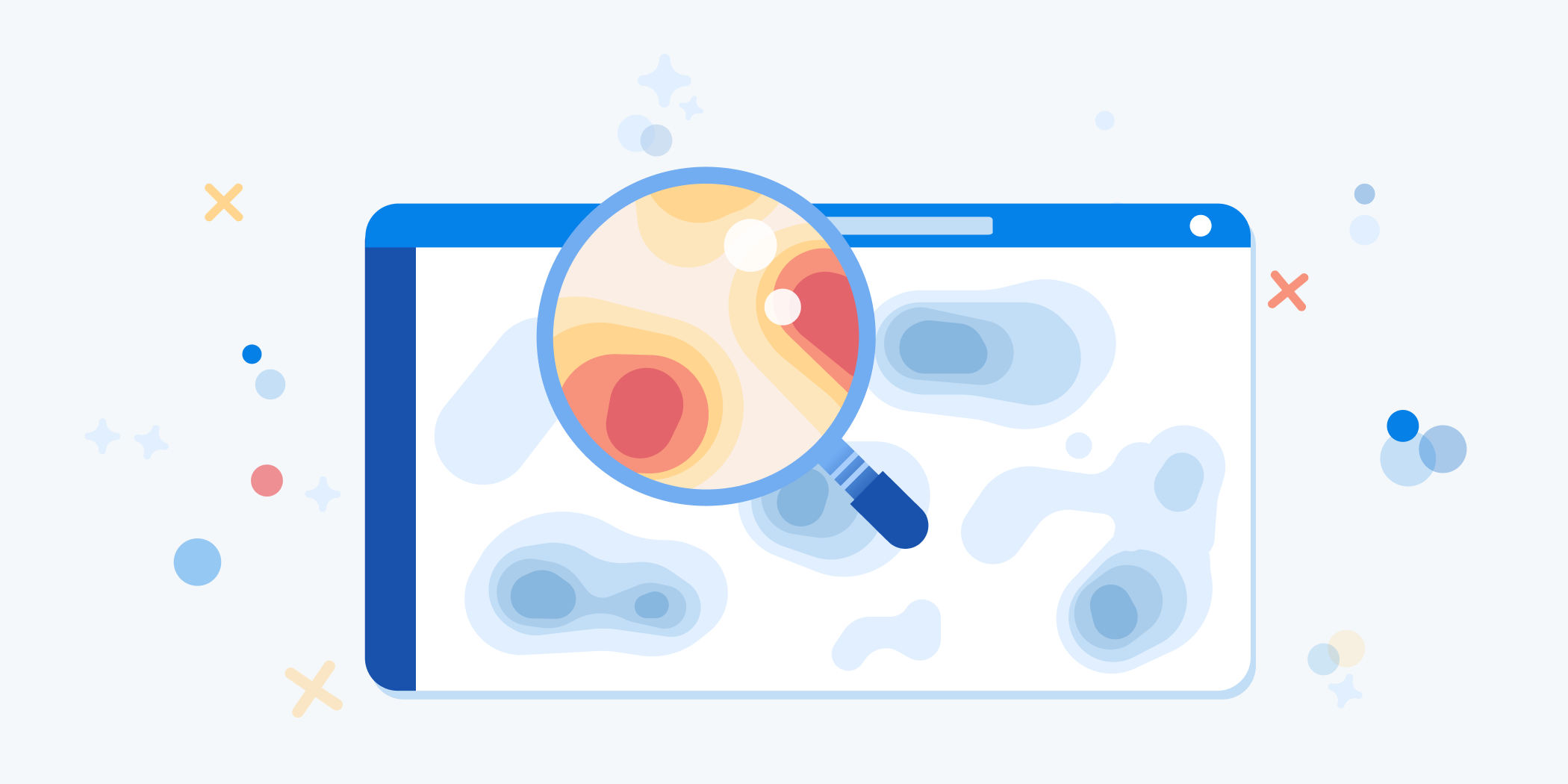
To start using heat maps on your Shopify store, there are several tools available that can provide detailed reports on user behavior. Some popular options include Hotjar, Crazy Egg, and Mouseflow. These tools use tracking codes to gather data on user behavior and generate heat maps that can be used to identify areas of your site that may need improvement.
Once you have access to heat map data, use it to inform decisions around site design, navigation, and content placement. For example, if your heat map shows that users are frequently clicking on a non-clickable element of your site, consider making it clickable or adding a call-to-action in that area. If users are spending a lot of time on a particular section of your site, consider optimizing that section with additional content or promotions to further drive engagement.
Improving Site Optimization Methods with Targeted Shopify Apps
Improving conversion rates on Shopify can be a complex and daunting task, requiring optimization efforts across various aspects of your site, from images to alt labels to speed to language to pricing. Thankfully, there are several specific Shopify apps that can help simplify this process and improve your conversion rates. These apps can help you optimize your site in various ways, from improving loading times to enhancing user experience.

One popular app is Plug in SEO, which helps you optimize your site for search engine rankings by identifying and fixing issues that may be hindering your SEO efforts. The app provides a comprehensive checklist of SEO best practices, including meta descriptions, alt tags, and page titles.
Another useful app is Crush.pics, which optimizes your site’s images for faster loading times. The app compresses your images and removes any unnecessary data, resulting in faster load times and a better user experience.
For improving user experience, consider using apps like Quick View and Product Reviews. Quick View allows customers to quickly view product details without leaving the main page, while Product Reviews provides social proof and boosts customer confidence through user-generated product reviews.
Other helpful apps for site optimization include:
- Tidio Live Chat: A live chat app that provides real-time customer support and increases engagement
- Social Proof: Displays recent sales and reviews to create social proof and increase the credibility
- PageFly: A drag-and-drop page builder that allows you to create custom landing pages and improve user experience
- ReConvert Upsell & Cross-sell: Helps increase order value by offering relevant product recommendations at checkout
Creating A Comprehensive Contact page
Making it easy for customers to get in touch with your business is essential for a positive user experience on your Shopify store. Failing to provide easy communication channels can lead to frustration and potentially lost customers. Your Contact page should be a comprehensive resource for customers to connect with your business and engage with your brand.
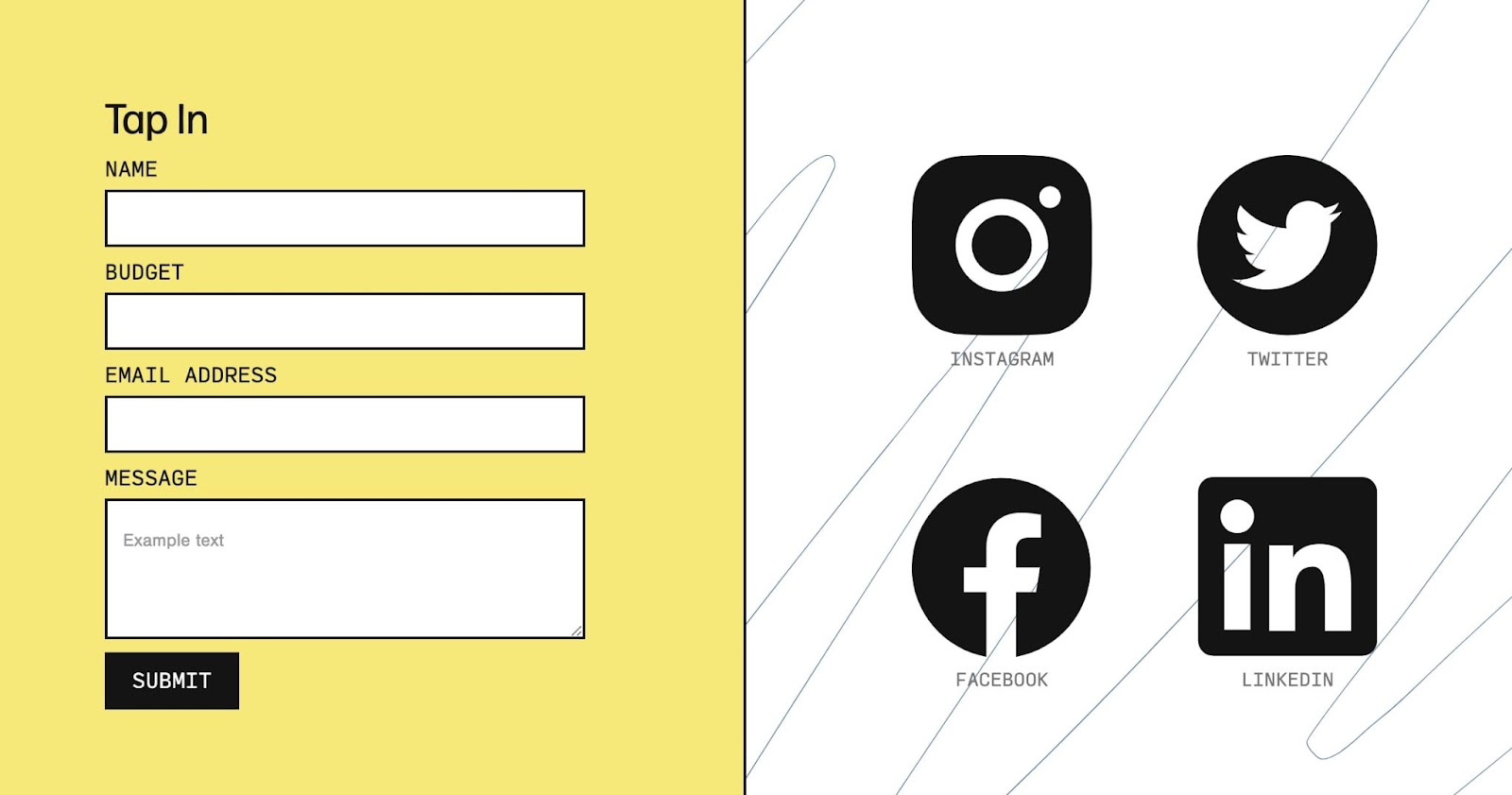
To create a comprehensive Contact page, start by including essential information such as your business name, address, phone number, and email address. This helps customers know where to find you and how to contact you if they have questions or concerns.
Consider also including a contact form on your Contact page, allowing customers to easily send messages to your business without having to open their email client. Make sure to include fields for important information like name, email address, and message content, and consider using a CAPTCHA tool to prevent spam.
Another valuable addition to your Contact page is a map that displays your business location. This helps customers get a better sense of where your business is located and how to find you.
Finally, make sure to provide clear information on your business hours and any other important details related to contacting your business, such as expected response times for email inquiries or customer service phone lines.
Site Navigation
Simplifying The User Experience
Designing an effective homepage for your Shopify store requires simplicity and focus. Research shows that it only takes 50 milliseconds for a customer to form a first impression of your website, which emphasizes the importance of making those first moments count.
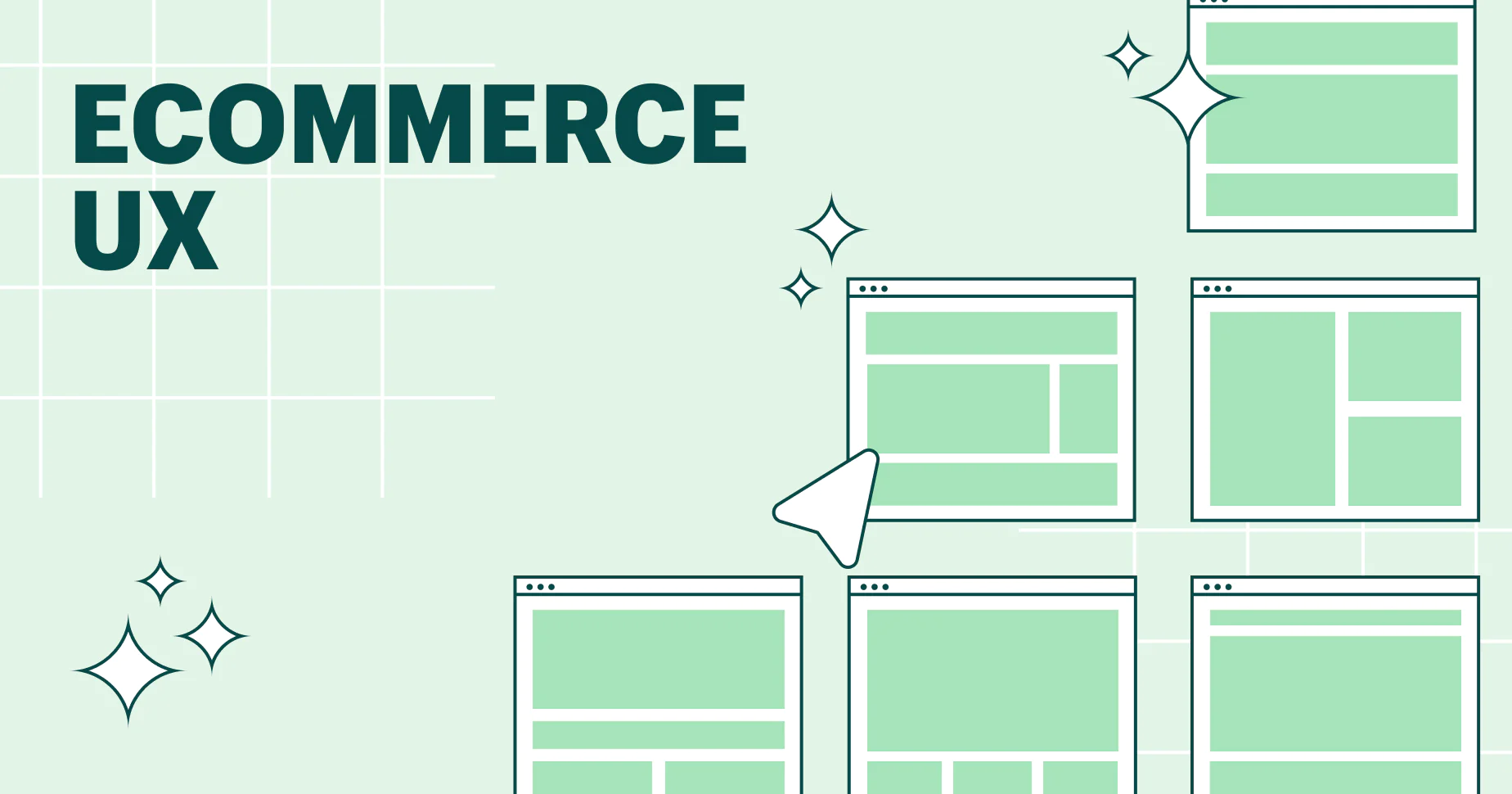
To make a positive first impression, avoid overwhelming potential customers with excessive images and text. Instead, focus on a simple and visually appealing design that stays on brand and on message. This means using a clean and consistent design that highlights your products or services without distracting them.
Consider using white space strategically to help guide customers’ attention to the most important elements of your homepage. Use clear and concise language to communicate your value proposition and make it easy for customers to navigate your site.
Consider also implementing a search bar on your site, allowing customers to quickly search for products or information without having to navigate through multiple pages.
Another effective way to simplify your homepage is by using high-quality images that are optimized for fast loading times. Make sure to use images that are relevant to your brand and that communicate your value proposition effectively.
Organizing Your Categories Effectively
To ensure a positive user experience on your Shopify store, it is important to make navigation easy, simple, and intuitive for your customers. When organizing your categories, start by considering the needs and preferences of your customers. Think about how they might search for products or services on your site and group your categories accordingly. Use clear and concise category names that are easy to understand and avoid separating your products into too many categories instead opt for four to six broad categories that contain more specific subcategories as a dropdown menu.
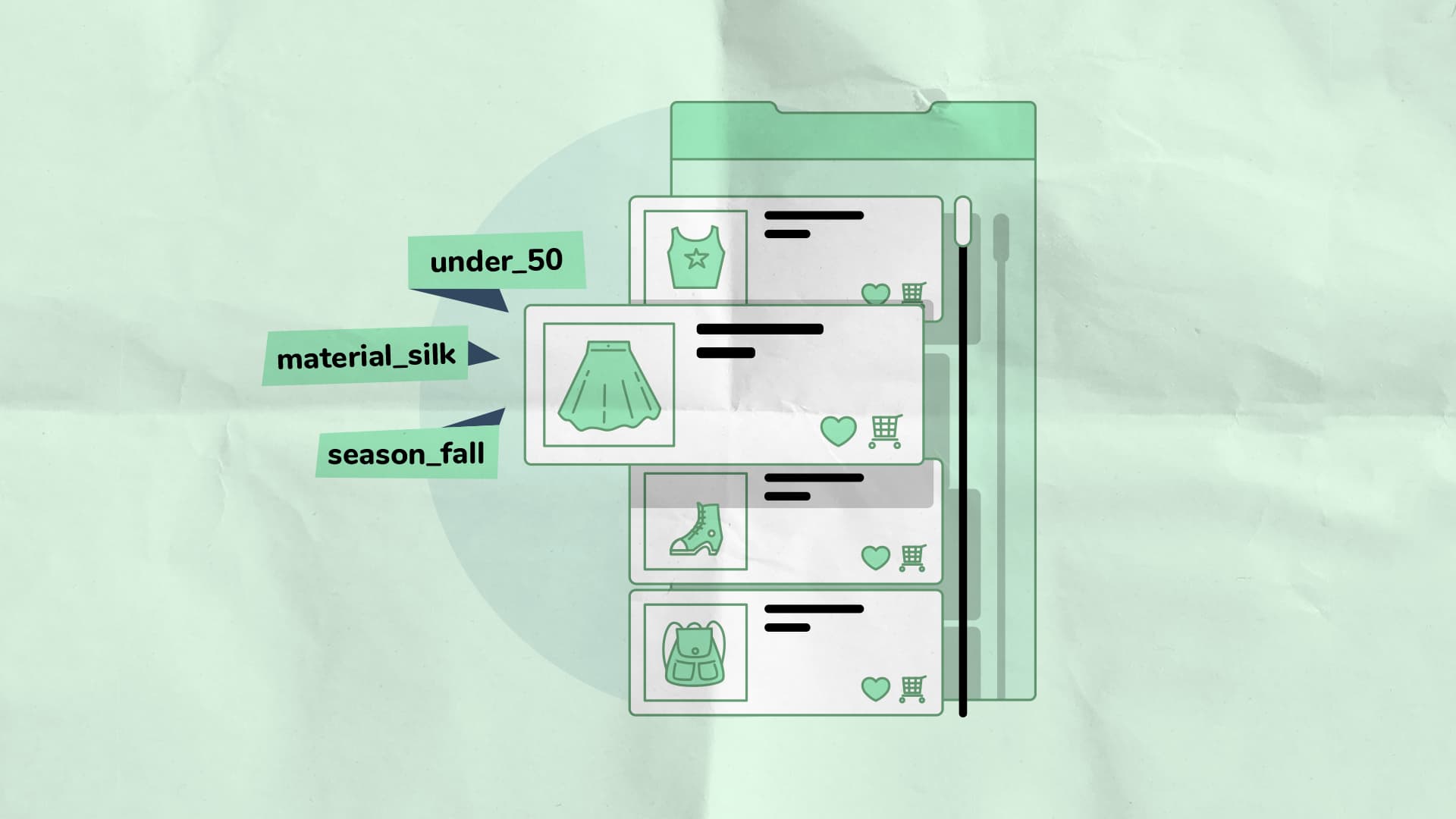
When organizing your categories, order them in your navigation bar based on their popularity, with your most popular category at the front. This makes it easy for customers to find the products or services they are most interested in and helps them navigate your site more efficiently.
By simplifying your category structure and organizing them based on popularity, you can make it easier for customers to find what they are looking for and enhance the overall user experience of your Shopify store.
Trying Mega Menus
Research shows that the human brain can only process around 7 units of information at a time. This is why breaking down navigation into a mega menu can be effective, as it helps ease information into the user’s flow.
Mega menus are especially useful if you have a large number of products or services that are organized into multiple categories and subcategories. With a mega menu, you can provide customers with more detailed information about each category and subcategory, including images, descriptions, and pricing information.
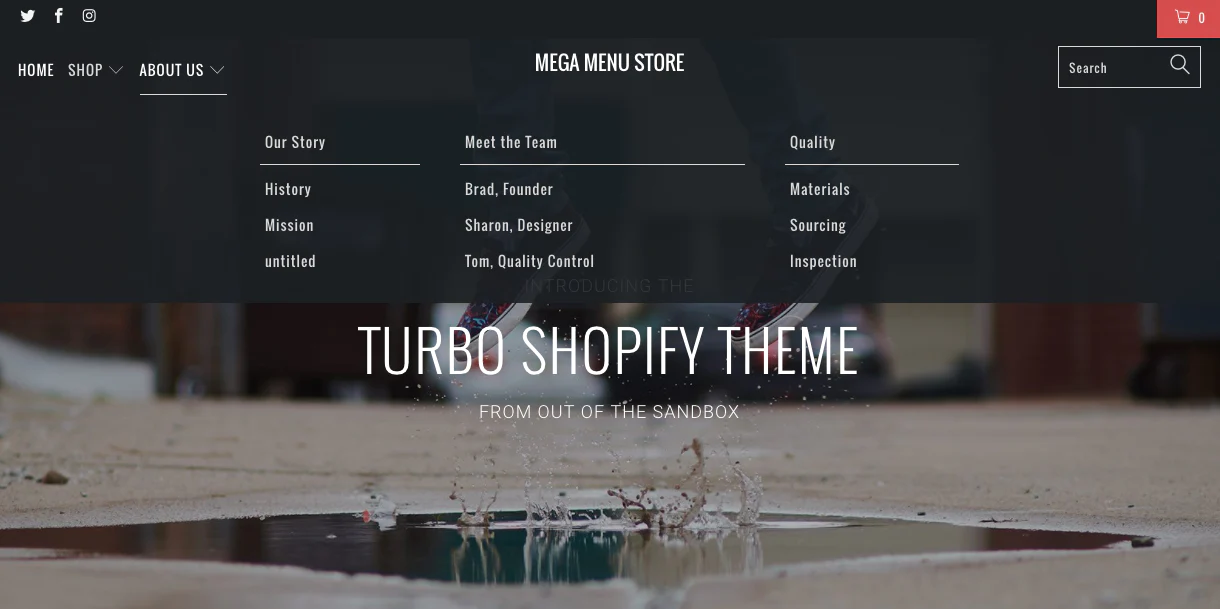
Reducing cognitive load can have a positive impact on your Shopify conversion rate optimization efforts. To help with this, Shopify recommends the following navigation guidelines:
- Use familiar words and customer lingo when labeling categories to provide clear directions for users.
- Ensure that navigation links are clickable on mobile devices and tablets, accounting for finger and stylus taps.
- Develop major categories into landing pages, which can also help with SEO efforts.
- Implement breadcrumb navigation whenever possible, allowing users to orient themselves at any point.
Smart Search
Using Intelligent Search
When customers visit your Shopify store, they may not always know exactly where to find the product they’re looking for. If your store has a large number of products, it can be helpful to prominently feature your search bar on your homepage. This allows customers to quickly and easily search for the specific product they want, without having to navigate through multiple categories.
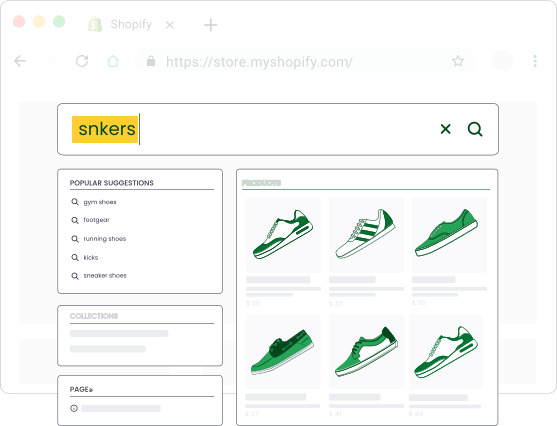
To improve the functionality of your search bar, consider using apps like Smart Search and Instant Search. These apps provide predictive results and suggest products as users type in the search bar. This feature takes into account potential spelling errors and alternative product names, making it easier for customers to find what they’re looking for.
By implementing an intelligent search function, you can enhance the user experience of your Shopify store and increase the likelihood of a purchase. Make sure to optimize your search results by including relevant keywords and descriptions for each product or service, helping customers find what they need quickly and efficiently.
Automatically Regulating Typos
When customers make spelling errors or typos in their search queries, it’s important to ensure that your search algorithm can still provide relevant and accurate results. Instead of displaying a negative message like Oops, we couldn’t find what you’re looking for, consider implementing a typo-friendly search function.
This means that your search algorithm should be able to recognize and interpret potential typos or misspellings and suggest alternative search terms that may lead to more accurate and relevant results. By doing so, you can provide a more seamless and user-friendly experience for your customers.
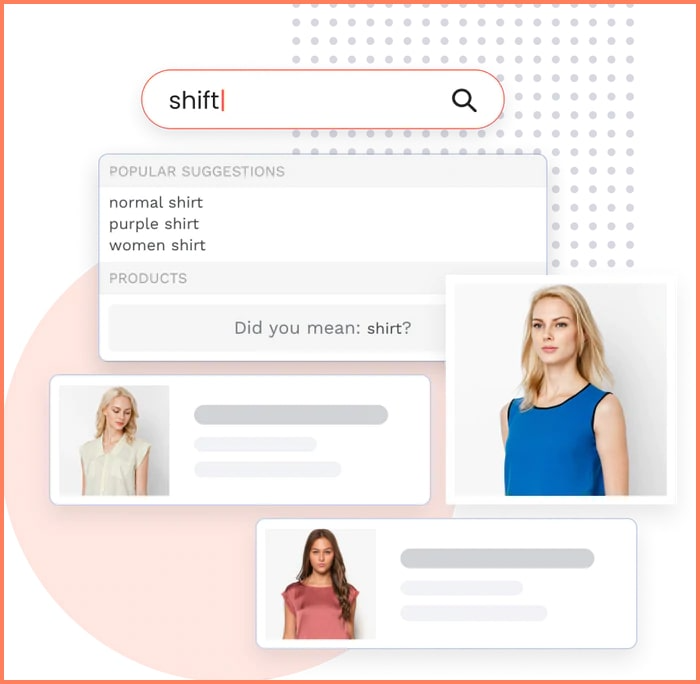
To achieve this, make sure to optimize your product titles and descriptions with relevant keywords and phrases, as this can help the search function accurately recognize and suggest relevant products even with minor spelling errors or typos.
Offering Alternative Suggestions
Returning similar products as search results, even when there are no exact matches for the customer’s query, can be a crucial factor in boosting conversions on your Shopify store. By suggesting products that are similar or related to the search term, you can help customers find what they need and increase the likelihood of a purchase.
This feature can be particularly useful for customers who may not know the exact name or spelling of the product they’re looking for. By providing alternative options that are similar to their search query, you can improve the overall user experience of your Shopify store and drive customer acquisition.
Enable Searching for Product Codes
While it’s true that not all customers will search for products using codes, there are some who prefer this method, especially when they’re looking for something specific. By making product codes searchable on your Shopify website, you can increase your chances of converting a wider range of customers.
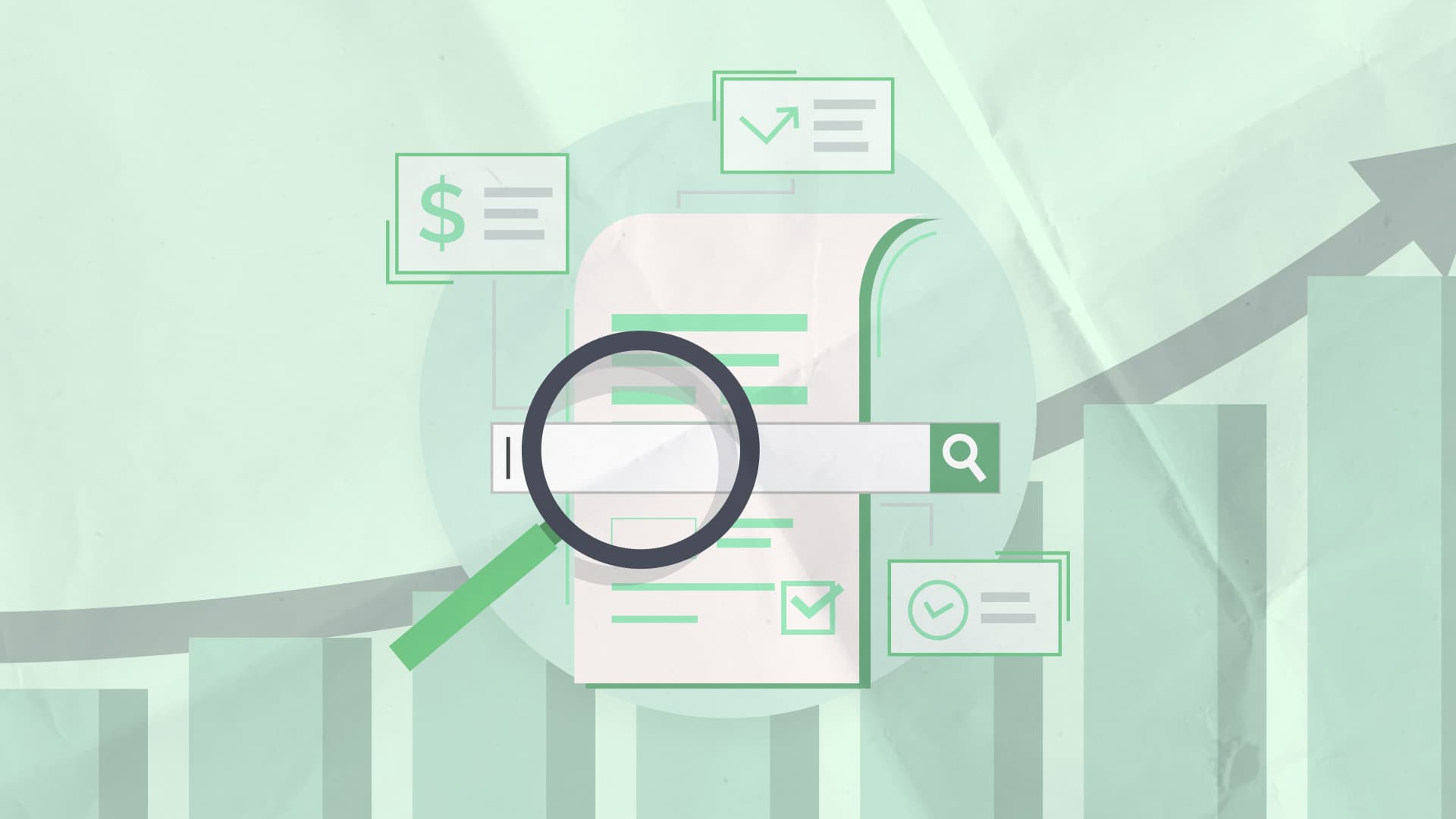
Enabling customers to search for products by code can be particularly beneficial for those who have a specific product in mind and want to quickly find it in your store. By providing this option, you can improve the user experience and make it easier for customers to find what they need, ultimately driving conversions and boosting sales.
It’s important to ensure that your product codes are accurately reflected in the search function of your Shopify store. This can be achieved by optimizing your product pages with relevant codes and ensuring that they are included in the search algorithm.
How to Increase Your Shopify Store Conversion Rate During Sales
During the sales process, it’s important to focus on providing an excellent customer experience to drive conversions and retain customers. This period is essential because it focuses on guiding the customer through the purchase journey and ensuring their satisfaction with the product or service. During sales process is also a critical stage for building customer loyalty and encouraging repeat business, opening more opportunities to upsell or cross-sell.
Product Page
Highlighting Product Benefits Clearly
When it comes to selling products, customers want to know how they can solve their problems or make their life easier. This is why it’s important to clearly highlight the benefits of your products.

To effectively highlight the benefits of your products, it’s important to first understand your target audience and what they’re looking for. What problems are they trying to solve? What are their pain points? By understanding your customers’ needs and desires, you can more effectively position your products as the solution they’re looking for.
When highlighting product benefits, it’s important to be clear and concise. Use clear language and avoid technical jargon or confusing terms. Focus on the most important benefits and highlight them prominently on your product pages, using bullet points or other visual elements to make them stand out.
It’s also important to provide supporting information and evidence to back up your claims. This can include customer reviews, testimonials, and other forms of social proof. Providing this kind of evidence can help build trust with your customers and increase the likelihood of making a sale.
However, avoid simply copying the description provided by the manufacturer. Instead, take the opportunity to integrate SEO keywords and highlight the unique selling points that make your product stand out.
Upsell and Cross-Sell
Upselling and cross-selling are effective tactics to boost your average order value. However, it’s important to be strategic and not overwhelm the customer with too many choices.
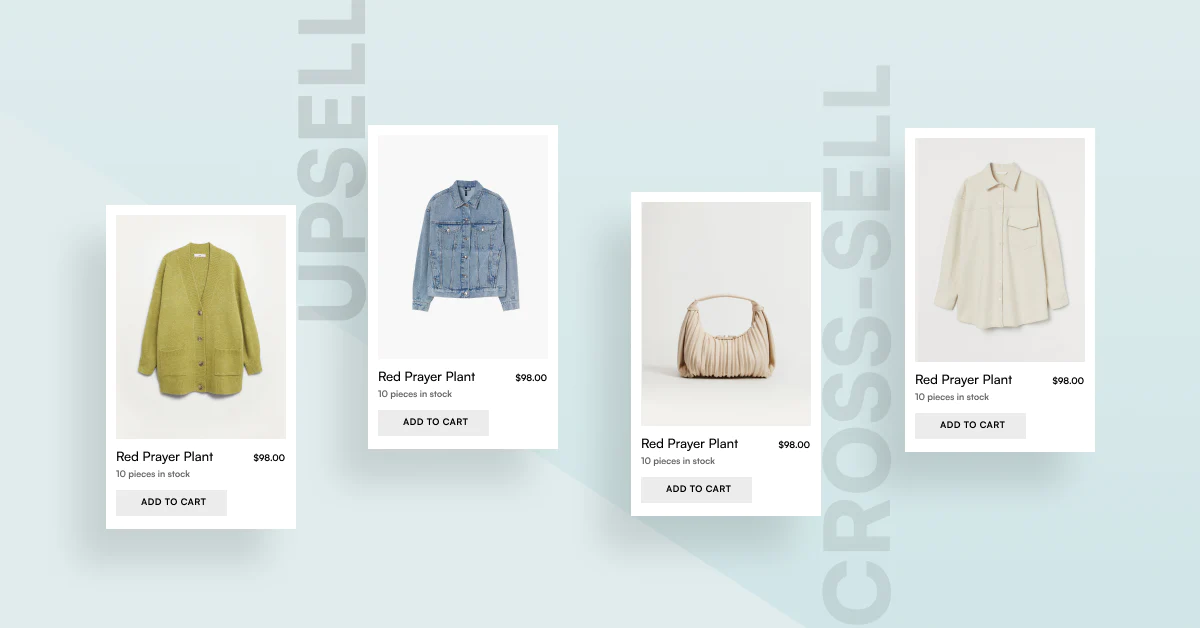
Offering too many related products or complementary items can be seen as pushy and may even deter the customer from completing their purchase. It’s best to suggest a small selection of products that genuinely complement their purchase, ensuring a positive customer experience.
By implementing upsell and cross-sell techniques on your Shopify store, you can not only increase sales but also improve the customer experience by suggesting products that they may not have otherwise considered.
Be Clear about Price, Delivery Time, and Out-of-stock Products
Misleading your customers is the last thing you want to do as it can result in shopping cart abandonment. According to the latest statistics, 69.99% of online shopping carts are left behind due to unexpected costs.
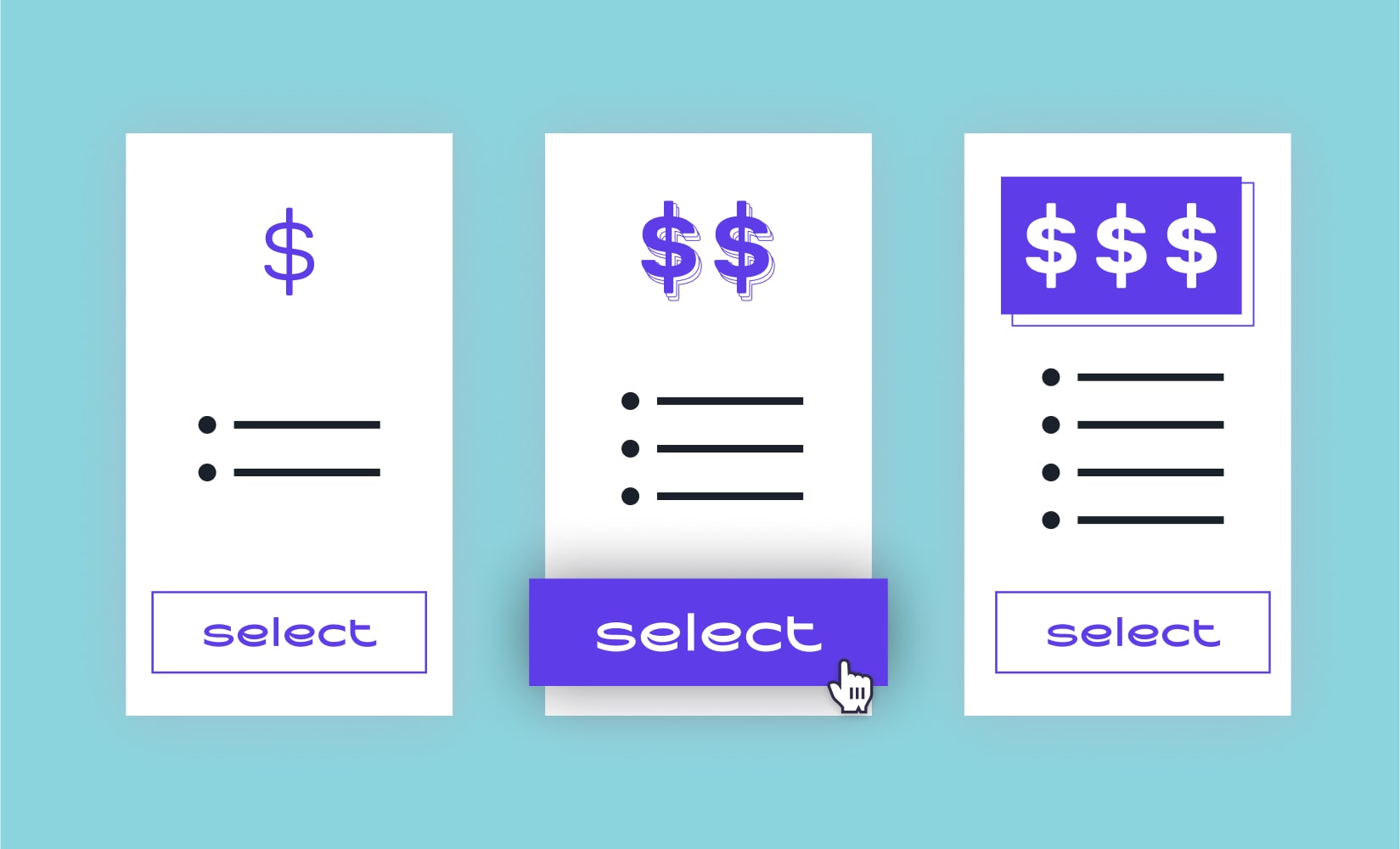
To avoid this, it’s crucial to be transparent about the full extent of pricing, delivery time, and inventory availability. Clearly display the price of each product, along with any additional costs such as taxes or shipping fees. Customers should know exactly what they’re paying for before making a purchase.
Delivery time should also be clearly stated, with estimated arrival dates provided. If there are any delays or issues with shipping, be sure to communicate with the customer promptly to avoid frustration.
In addition, if a product is out-of-stock, make sure to clearly indicate this on the product page. Offering alternative products or allowing customers to sign up for a notification when the item is back in stock can help maintain their interest and loyalty to your store.
Using High-Quality Product Images and Videos
In an online store, customers cannot physically touch or feel the products before purchasing them. However, you can provide a similar experience by using high-quality visuals such as product images and videos.
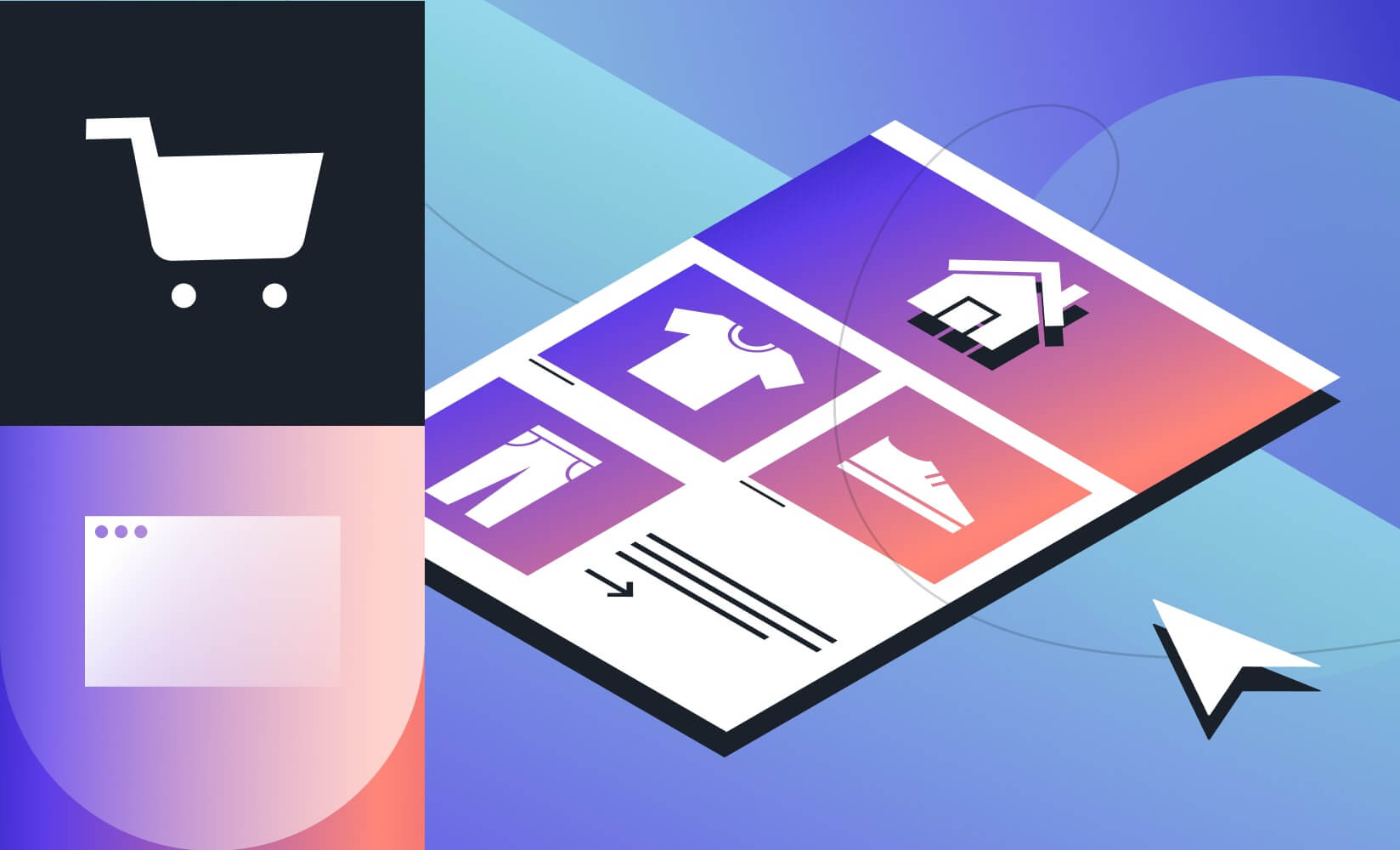
Your images and videos should show your products from different angles and perspectives, and in different contexts if possible. This can help customers visualize how the product would fit into their lives.
You should also consider using videos to demonstrate the product in use. This can be particularly helpful for products that are difficult to describe or that have unique features.
Finally, make sure your images and videos are optimized for web viewing, so they load quickly and don’t slow down your website.
Showing Off Coupon Codes, Real-time Purchases, and More
When customers land on your homepage, you want to capture their attention and drive them toward your products. Showing off coupon codes, real-time purchases, and more can help boost your Shopify store’s conversion rates.
Including coupon codes on your website or in your email campaigns can incentivize customers to make a purchase. Displaying real-time purchases, such as pop-ups that show recent sales, can create a sense of urgency and encourage shoppers to buy.
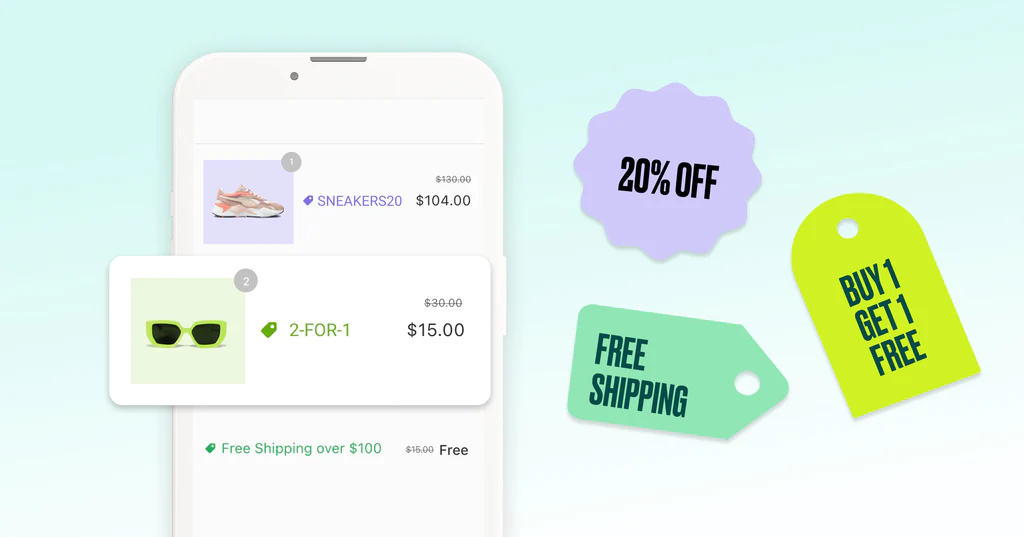
You can also use apps like TrustPulse to showcase social proof through notifications of recent purchases or activity on your website, and Fomo to display recent customer activity, like sign-ups or purchases. These tools can help build credibility and trust with your customers, leading to increased sales.
Remember to be strategic with your use of these elements and not overwhelm your customers with too many notifications or distractions from the main shopping experience.
Checkout and Return Policies
Optimizing the Checkout Process
According to a survey conducted by Baymard Institute, 21% of US shoppers abandon their cart due to complicated or lengthy checkout experiences. To prevent this, you can use a checkout progress bar that shows customers where they are in the process and how much is left. This progress indicator can motivate customers to complete the checkout process as they can see the end goal. Another way to optimize the checkout process is by offering a one-step checkout option.
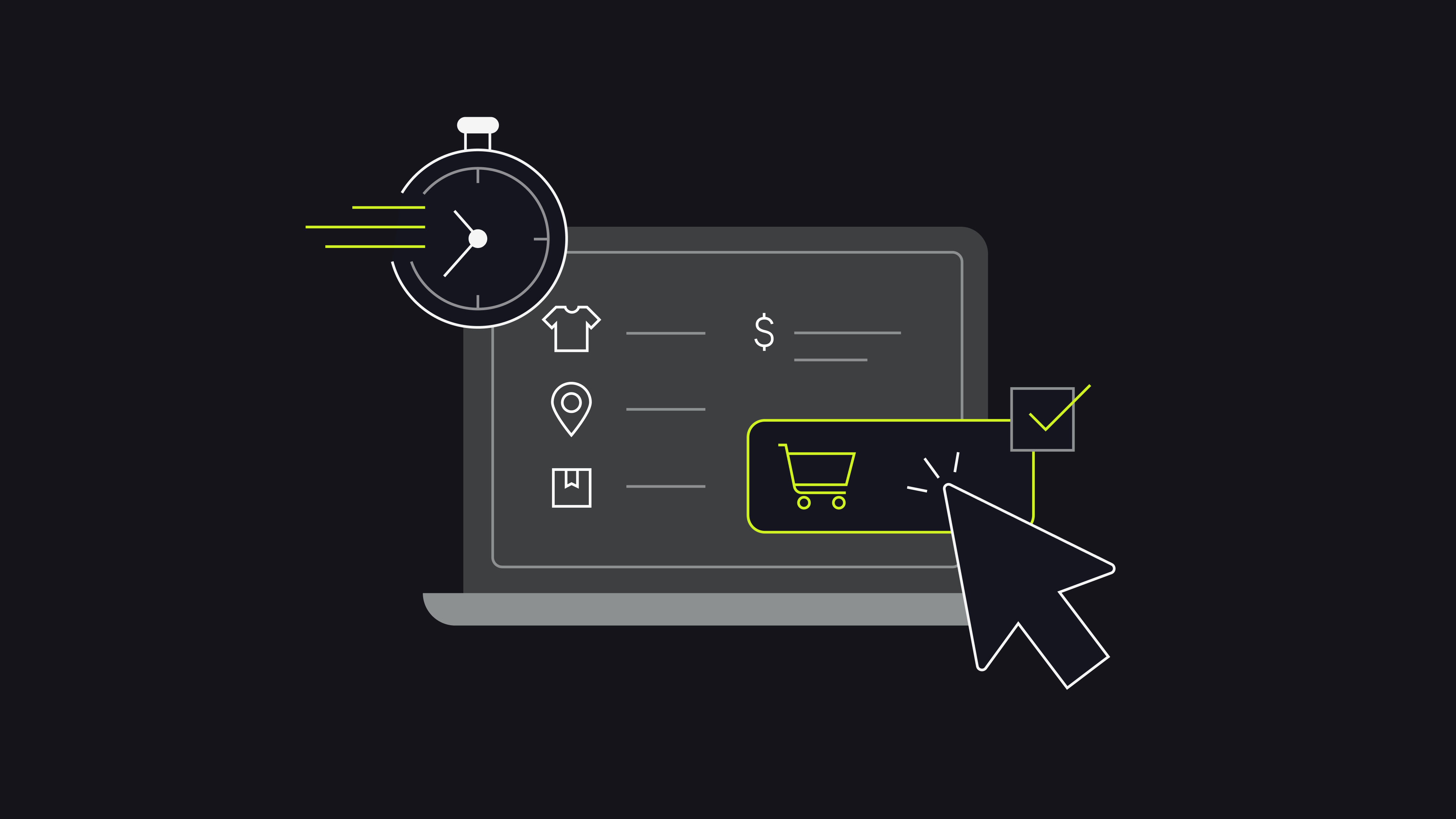
Baymard Institute’s survey also found that 6% of US shoppers abandon their cart due to insufficient payment options. Therefore, offering multiple payment options can help improve the checkout experience for customers.
It’s also essential to ensure that the checkout page is mobile-responsive, loads quickly and includes all the necessary information such as shipping costs and taxes. This information should be transparent and easy to understand to avoid any confusion or frustration for customers.
Allowing Guest Checkout
This practice is not highly recommended by our experts but it’s still an effective way to drive more sales and increase conversion rates during the sales-off period. During this time, it’s important to make the shopping experience as seamless as possible to maximize conversions. Allowing guest checkout can be especially helpful during this time, as it removes any barriers that may prevent a potential customer from making a purchase.
With guest checkout, customers can quickly and easily complete their purchase without having to create an account or go through a lengthy registration process. This can be a major selling point during a sale, as customers may be more likely to make impulse purchases and want to complete the transaction quickly.
Additionally, offering guest checkout can help build trust with customers who may be hesitant to share personal information during a sale. By providing a secure and easy way to complete their purchase, customers may be more likely to return to your store for future purchases.
To enable guest checkout, simply change your customer account preferences in the settings of your Shopify Admin, please follow these steps:
- Go to your Shopify admin
- Click on Settings, then select Checkout
- In the Customer Accounts section, select Accounts are optional to allow customers to create an account or check out as a guest.
- Alternatively, select Accounts are disabled if you want to only allow guest checkouts and disable customer accounts.
Pre-filling Your Customer’s Information
Making the checkout process as fast and easy as possible can increase the chances of customers completing their purchases. One way to streamline the process is by prefilling shipping and billing information through customer accounts.

By using autofill, customers can fill out forms 30% faster, which can lead to more successful checkouts. Additionally, Shopify offers Shop Pay that remembers and encrypts customer details, allowing them to quickly and safely complete their purchase with just one tap.
Customers can choose their preferred payment method and decide whether to pay in full or in installments. According to a study, checkouts processed through Shop Pay have an average conversion rate of 1.72 times higher than regular checkouts.
Highlighting Your Return/Refund Policy
It’s important to note that many consumers check the return policy before making a purchase, with around 67% doing so. Customers want to know that if a product doesn’t meet their expectations or is faulty, they can get their money back.

By having a clear and favorable return/refund policy, you can reduce fears and last-minute hesitations, ultimately encouraging customers to make a purchase. Make sure to prominently display your return and refund policy on the product description page and include details on when and how shoppers can return a product.
This will boost customer confidence and assure them that they can get a replacement or refund if they aren’t satisfied, ultimately increasing your conversion rate.
Customer Engagement
Leveraging Personalization
Personalization is crucial to increase sales and improve conversion rates. Research shows that 51% of consumers expect eCommerce websites to provide personalized recommendations based on their preferences. In fact, offering personalized experiences can result in a 20% increase in sales.

One effective way to leverage personalization is through data science. By analyzing customer data, you can create micro-segments based on various variables such as age, gender, browsing behavior, purchase history, and spending habits. This allows you to predict what a customer is most likely to buy next and offer them tailored product recommendations, resulting in higher conversions.
Another way to use personalization is by implementing tools like AI-powered product recommendations that automatically suggest products to customers based on their interests and purchase history. This can enhance the overall shopping experience and encourage customers to make additional purchases.
Writing Useful and Valuable Content
Writing high-quality content is essential for engaging and educating your target audience. In addition to providing informative product descriptions, creating blog posts can help you establish your expertise in your industry and build credibility with your audience.

When you provide valuable information, your target audience will trust you more, increasing the likelihood of them becoming customers. Publishing blogs also helps to boost your website’s organic SEO traffic, which can lead to more visibility and conversions.
If you sell products globally, using a top VPN can help you determine the type of content that is popular in different locations. By creating content that resonates with your target audience, you can increase engagement and attract new customers.
When creating content, consider what your customers would find valuable. This can include product tutorials, industry insights, how-to guides, and customer reviews. By providing content that solves problems or answers questions, you can create a positive customer experience and increase the likelihood of repeat business.
It’s also important to ensure that your content is high-quality and engaging. Use clear and concise language, incorporate visuals, and break up text with headings and bullet points. This can make your content more digestible and enjoyable to read.
Using Remarketing to Target Specific Customers
Remarketing is a powerful tool that can help you target specific customers who have already shown an interest in your products or services.
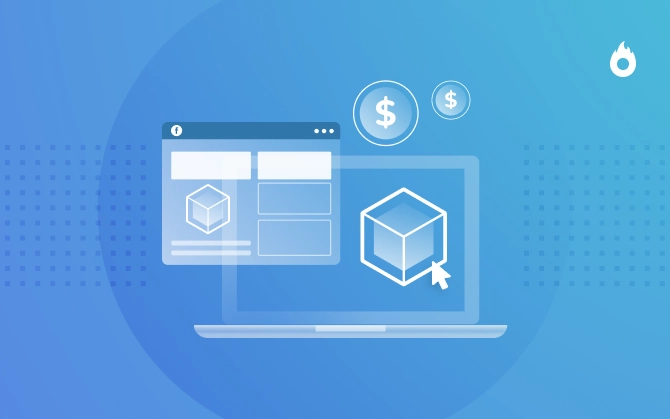
To retarget customers, you need to gather cookies, which are small files that track the pages a user visits on your website without collecting any sensitive personal information. When a user leaves your site, the cookie notifies your ad platform that the user has left. Your ad platform then starts retargeting the user by displaying the products they viewed on your site on other eCommerce sites they visit.
For instance, if someone visited your website and added items to their cart but did not complete the purchase, you can show them an ad reminding them of the products they left behind, with an added incentive like a discount or free shipping.
Remarketing can also be used to cross-sell or upsell to customers who have already made a purchase. For example, if someone purchased a laptop from your website, you can show them ads for related products like laptop cases or accessories.
Remarketing is an effective way to increase conversions because customers who see retargeted ads are 70% more likely to make a purchase on your website.
The key to successful remarketing is to create personalized and relevant ads that speak directly to the customer’s interests or needs. This can increase the chances of conversion and improve customer loyalty.
However, it’s important to be mindful of frequency capping and ad fatigue, which can cause irritation to the customer and lead to negative associations with your brand.
Integrating Live Chat Software
Integrating live chat software on your website can lead to a 40% increase in the conversion rate. It enables you to build a direct connection with potential shoppers right when they’re considering purchasing your products.
By creating a real human connection, you can establish trust with prospects and boost the likelihood of conversion. However, it’s essential to avoid integrating live chat software if you can’t be there during business hours to respond to customers who request a chat immediately.
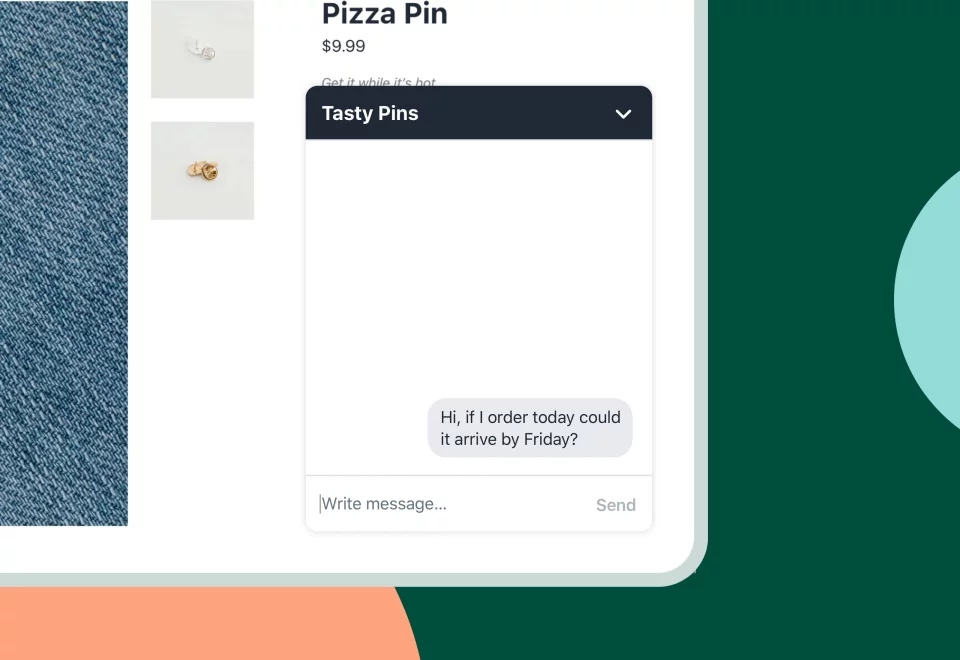
Shoppers want a quick response, and they won’t wait for hours for you to respond. If you can’t respond to customers’ queries instantly but still want to provide them with a solution, you can add a chatbot to your Shopify store.
While chatbots can’t add a human touch to the conversation, they can provide answers to commonly asked questions. Adding a chatbot can increase the conversion rate by around 2%.
Frequently Asked Questions
Having an FAQ section can save your customers time by providing them with quick answers to common questions. This section also helps reduce customer service requests, freeing up your team’s time to focus on more complex issues.
Make sure to include answers to questions regarding shipping, returns, exchanges, and refunds, as well as questions about your products and services.
Organize your FAQs in a clear and concise manner, making them easily accessible on your website. You can include them in your footer or add a link to your main navigation menu.
Regularly update your FAQs to keep up with changes in your store’s policies and customer inquiries.
Leveraging Email Marketing to Follow Up on Abandoned Carts
Only 2% of visitors who land on your online store’s website actually make a purchase during their first visit. However, this does not mean that the remaining 98% of visitors will never make a purchase.
Email marketing provides a great opportunity to retarget those visitors and boost your conversion rate. In fact, abandoned cart emails alone contribute to 28.3% of all eCommerce revenue.
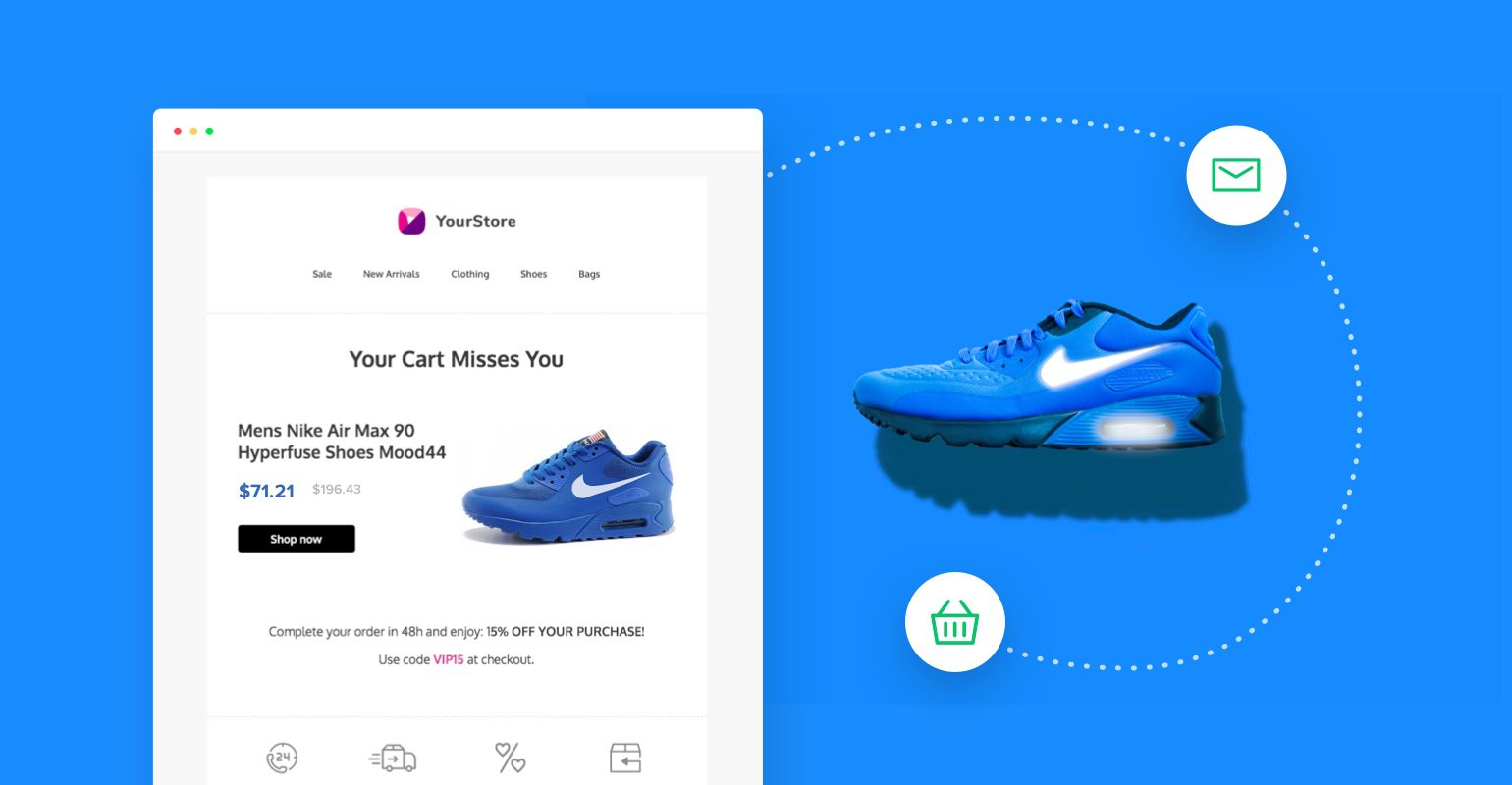
You can use email automation tools like Klaviyo or Mailchimp to create abandoned cart emails that include a clear call-to-action and a sense of urgency, such as a limited-time discount or free shipping.
To increase the effectiveness of your abandoned cart emails, it’s important to:
- Send the email promptly, ideally within 1-2 hours after the cart is abandoned.
- Include a clear and eye-catching subject line.
- Personalize the email with the customer’s name and the specific products they left behind.
- Use a conversational tone that resonates with your brand’s voice.
- Provide helpful information, such as customer service contact information and return policy.
How to Increase Your Shopify Store Conversion Rate After Sales
After sales refer to the activities and processes that a business engages in after a customer has made a purchase. These activities are aimed at ensuring customer satisfaction, building customer loyalty, and maximizing the potential for repeat business.
Customer Loyalty
Implementing Customer Loyalty Programs
Implementing customer loyalty programs is a great way to keep customers coming back to your store. Offering rewards and incentives for repeat purchases can help build a strong customer base and increase sales.

There are many different types of loyalty programs, such as points-based systems, tiered rewards, and cashback programs. Choose the program that best fits your business and target audience.
When implementing a loyalty program, make sure to clearly communicate the benefits and how customers can earn rewards. Use email marketing and social media to promote the program and encourage customers to sign up.
In addition, consider offering exclusive discounts and promotions to loyalty program members as a way to show appreciation for their continued business. By prioritizing customer loyalty, you can build a community of dedicated customers who are more likely to recommend your store to others.
Creating a Sense of Community
Creating a sense of community is an effective way to increase customer loyalty and drive sales. By fostering a community around your brand, you can create a space where your customers can engage with each other and feel more connected to your products or services.
One way to do this is by creating a forum or a Facebook group for your customers to share their experiences and engage with each other. Encourage customers to post pictures, reviews, and feedback about your products, and respond to their comments and questions to build a sense of community.
You can also organize events, both online and offline, to bring your customers together and create a sense of belonging. This could be a product launch party, a charity event, or a virtual workshop or webinar.
By creating a community around your brand, you can build long-lasting relationships with your customers and turn them into loyal advocates for your business.
Rewarding Advocates and Influencers
Rewarding advocates and influencers can help to boost your brand’s visibility and loyalty. By collaborating with them and offering them rewards or incentives, they can help you to reach a wider audience and promote your products to their followers.
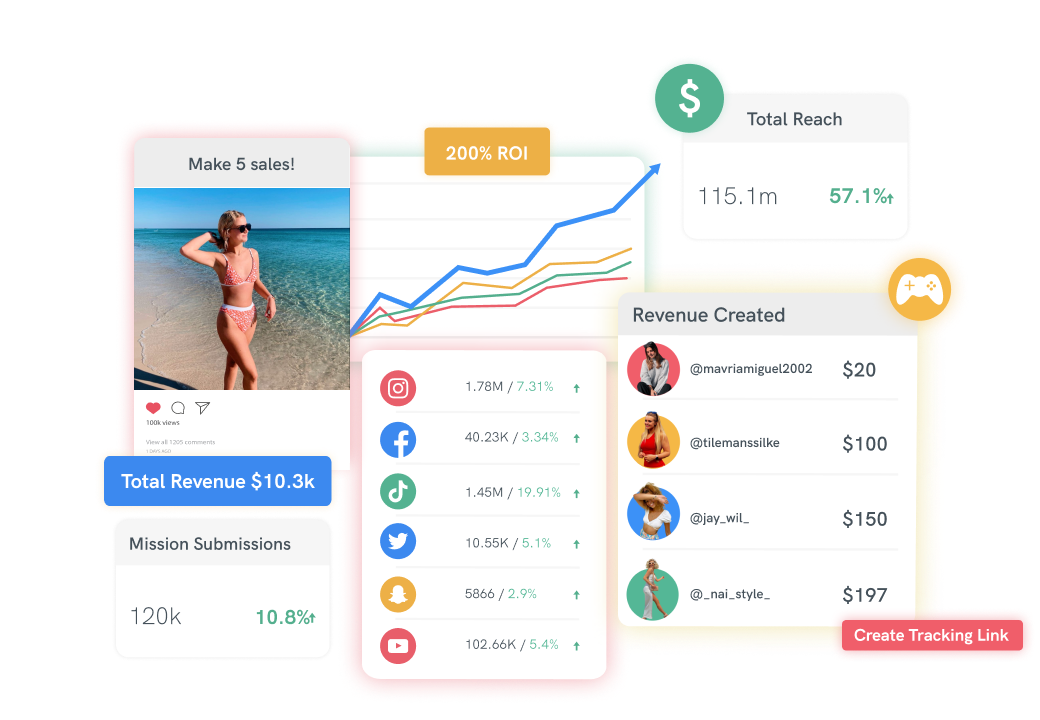
One way to reward advocates and influencers is by offering them exclusive discounts, early access to new products, or free samples. This can help to incentivize them to promote your products to their followers and create buzz around your brand.
You can also create a referral program that rewards customers for referring their friends and family to your store. This can help to generate new leads and increase customer loyalty. By offering rewards such as discounts or free products, customers will be more likely to refer others to your store.
Finally, you can also collaborate with influencers and bloggers to create sponsored content. By partnering with influencers who have a similar audience to your target market, you can reach new customers and increase your brand’s visibility. Offering them incentives such as payment, free products, or exclusive discounts can help to ensure that they promote your brand to their followers.
Customer Trust
Using Trust Badges
Trust badges are essential for any eCommerce store to establish credibility and build trust with customers, especially with their sensitive payment information. However, gaining the trust of visitors on their first visit can be challenging. To establish trust, there are several steps you can take.
- Firstly, install an SSL certificate on your website to ensure secure communication between the website and the customer’s browser.
- Secondly, display images of credit cards and other payment options to assure customers that you accept various payment methods.
- Thirdly, add security badges like McAfee, PayPal, or other recognized security companies to display that your website follows industry-standard security practices.
- Fourthly, displaying social buttons that lead to your social media accounts can provide customers with social proof and demonstrate your activity in the online community.
- Fifthly, Customer review badges can help to build social proof and show that other customers have had positive experiences with your products or services.
- Lastly, prominently display your contact information, including your phone number, email address, and office address to show customers that you are transparent and easily reachable.
Adding Testimonials to Build Trust
To establish trust and credibility, consider adding testimonials, reviews, and badges to your homepage, particularly if your brand has been featured in major publications or used by high-profile influencers. Online reviews are trusted by 88% of consumers as much as recommendations from friends and family. Displaying these elements can help build trust with potential customers and increase the likelihood of a conversion.
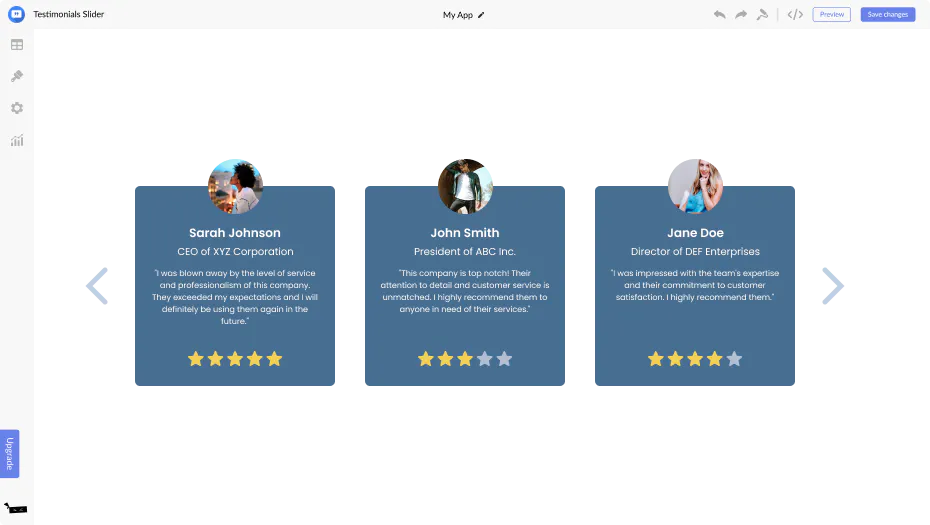
You can add customer reviews and testimonials to your product pages and homepage. Make sure to include the customer’s name and photo if possible, as this adds credibility to the testimonial.
Another great way to showcase testimonials is to create a dedicated page for them on your website. This page can include video testimonials, written reviews, and social media posts from satisfied customers.
You can also use third-party review sites like Yelp, Trustpilot, or Google Reviews to collect and showcase reviews from your customers.
Remember to respond to all reviews, whether positive or negative, as it shows that you value customer feedback and are committed to providing great customer service.
Showcasing Your Product Reviews
Product reviews are a powerful tool for eCommerce businesses to boost sales and build trust with potential customers. Research has shown that 90% of consumers read online product reviews before making a purchase decision. Positive product reviews can help hesitant shoppers feel more confident in their purchasing decisions, and can also provide useful information about product features, sizing, and more.
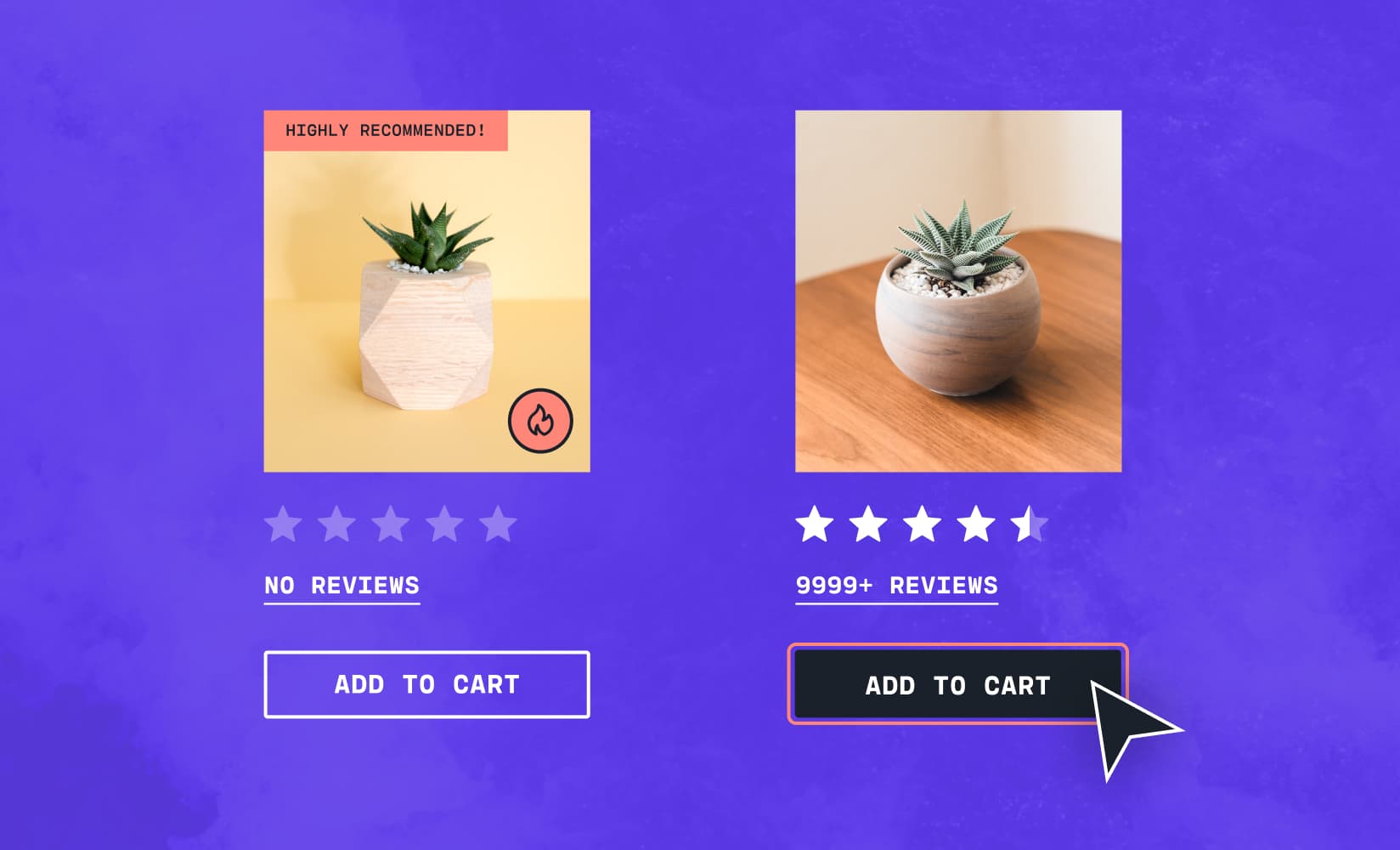
You can use apps like Yotpo or Shopify’s built-in review feature to display product reviews and ratings on your product pages.
You can also display customer reviews and testimonials on your homepage or in a dedicated Reviews section. Seeing positive reviews and ratings can increase the trust and confidence of potential customers, leading to more conversions.
Make it easy for customers to leave a review by sending follow-up emails after their purchase, including a link to leave a review. Responding to reviews, whether positive or negative, can also show that you value your customers and their feedback.
A fact you should know is that this strategy can be especially effective for businesses in the beauty and skincare industry, where consumers often rely on the experiences and opinions of others before making a purchase.
Branding
Creating a Unique Brand Identity
Creating a unique brand identity is essential for any eCommerce store looking to stand out from the competition. A research study conducted by Forbes shows that 89% of consumers remain loyal to brands that share their values and a strong brand identity can increase revenue by up to 23%.

The first step in creating a unique brand identity is to develop a clear brand strategy that encompasses your mission, vision, values, and target audience. Once you have a clear understanding of your brand, you can start creating a consistent visual identity through your logo, website design, packaging, and marketing materials.
To stand out in a crowded market, it’s important to create a unique and memorable brand voice that resonates with your target audience. This can be achieved through your messaging and content marketing efforts.
Crafting a Compelling Brand Story
Crafting a compelling brand story is a powerful tool to build an emotional connection with your audience and differentiate your brand from competitors.
Your brand story should reflect your company’s values, mission, and unique selling proposition. It should also be authentic, memorable, and relatable to your target audience.
A well-crafted brand story can also serve as a guide for your marketing and communication strategies, helping you to create consistent messaging across all platforms.
To craft a compelling brand story, start by identifying the key elements that make your brand unique, such as your history, mission, and values. Think about the story you want to tell and how it aligns with the needs and values of your target audience.
Once you have a clear understanding of your brand story, consider how to convey it through your marketing channels, such as your website, social media, and advertising campaigns. Use storytelling techniques to engage your audience and create an emotional connection with them.
Remember that a compelling brand story takes time and effort to create, but it can be a powerful tool for building a loyal customer base and establishing your brand as a leader in your industry.
Leveraging Influencers and User-Generated Content
Leveraging influencers and user-generated content is a powerful marketing strategy for eCommerce stores. When customers see their favorite social media influencers endorsing your products, they are more likely to trust your brand and make a purchase.

Similarly, user-generated content (UGC) can also boost the credibility of your brand. When customers post pictures of themselves using your products and share positive experiences, it creates social proof for potential customers.
To leverage influencers, consider partnering with relevant social media influencers in your industry or niche to promote your products. You can offer them free products or pay them to create sponsored posts or product reviews.
To encourage UGC, you can create a branded hashtag and encourage customers to share their experiences using your products on social media. You can also feature UGC on your website and social media channels to showcase the authenticity of your brand.
In Conclusion,
Improving the conversion rate on your Shopify site is a task that can be achieved with ease by applying the strategies mentioned above based on your customer journey. Although, it is important to note that results may not be immediate. To determine the specific elements that are helping with conversions, it’s important to continually test and improve your store, you can ensure that you’re providing the best possible experience for your customers and ultimately drive more sales.
Shopify conversion rate improvement can be a daunting task for your business because these activities and strategies need to be implemented with an investment in resources, time, and money. Some tasks can be done without specific and professional knowledge. If you’re encountering these problems, don’t hesitate to contact our Shopify specialists, who have a deep understanding of this platform and the market as well as gain thorough practices to optimize your site conversion rate.


